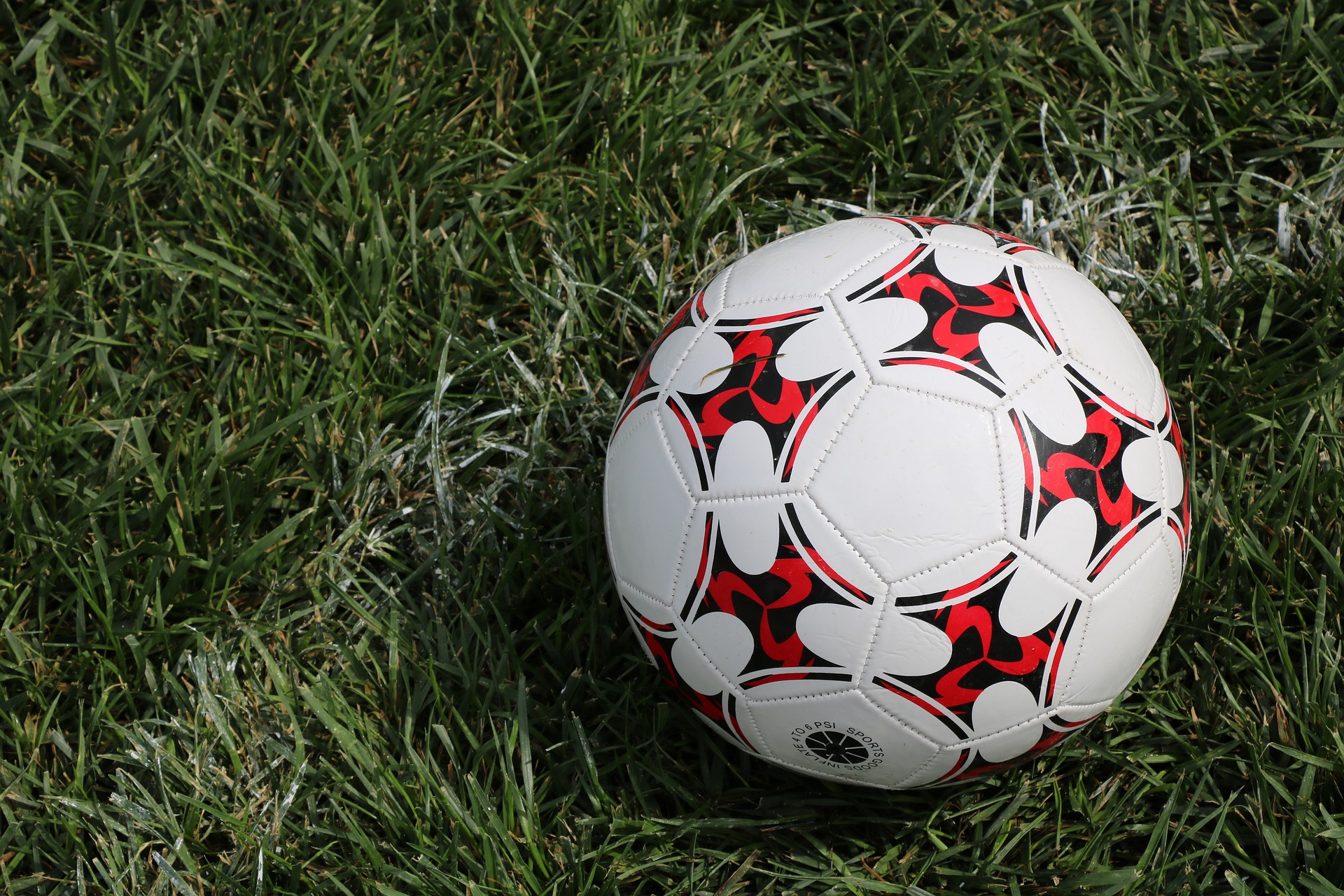Breaking Down the Science of Agility in Soccer
Soccer, the world's most popular sport, demands more than just speed and strength from its players. The game is a perfect exhibition of agility, a physical attribute that often makes the difference between a good player and a great one. This article will dive into the intricacies of agility in soccer, examining its importance, how it's developed, and its influence on a game that captivates billions.

The Essence of Agility in Soccer
In essence, agility is the ability to change body direction or position quickly and effectively while under control. In soccer, this skill is often the deciding factor in many crucial situations, such as evading an opponent’s tackle, making a sudden run to receive a pass, or quickly changing direction to intercept the ball.
Historically, agility was often overlooked in favor of raw speed or strength. However, the modern game’s evolution has highlighted the importance of agile players capable of quick direction changes and fast decision-making.
The Science Behind Soccer Agility
Agility in soccer isn’t just about physical dexterity—it’s a blend of cognitive processing, decision-making, and technical skill. Research has shown that agility performance in soccer is significantly correlated with reaction time, decision-making time, and change of direction speed.
Training for agility in soccer is multi-faceted. It involves improving physical attributes like balance, coordination, and speed, while also enhancing cognitive skills such as spatial awareness, anticipation, and decision-making.
The Impact of Agility on Soccer Performance
Agile players often have a clear advantage on the soccer field. They can navigate through tight spaces, dodge opponents, and respond quickly to changing game situations. This agility allows them to create scoring opportunities or disrupt the opponent’s play, making them valuable assets to any team.
However, agility comes with its own set of challenges. High-intensity direction changes can increase the risk of injuries, particularly in the lower body. Coaches and trainers must balance the benefits of agility with the potential risks, implementing training regimens that enhance agility while minimizing injury chances.
Real-world Applications and Case Studies
Some of the soccer world’s biggest stars—Lionel Messi, Neymar, and Kylian Mbappé—are renowned for their agility. Their ability to change direction quickly, maintain control of the ball, and make split-second decisions under pressure consistently sets them apart from other players.
Their success underscores the value of agility in soccer and reinforces the need for targeted agility training in developing young players. It also provides valuable case studies for coaches and trainers seeking to understand and teach agility in a practical, real-world context.
The Future of Agility in Soccer
As the sports world continues to evolve, so too will the understanding and application of agility in soccer. Advances in sports science will likely lead to new training methodologies that further enhance players’ agility. Coaches and trainers will continue to refine their approaches, using the latest research to develop more agile players and ultimately, improve overall team performance.
In conclusion, agility in soccer is a complex, multi-dimensional attribute that significantly influences a player’s performance. Through a combination of physical conditioning, cognitive training, and technical skill development, players can enhance their agility, providing a significant edge in the fast-paced, dynamic world of soccer.




